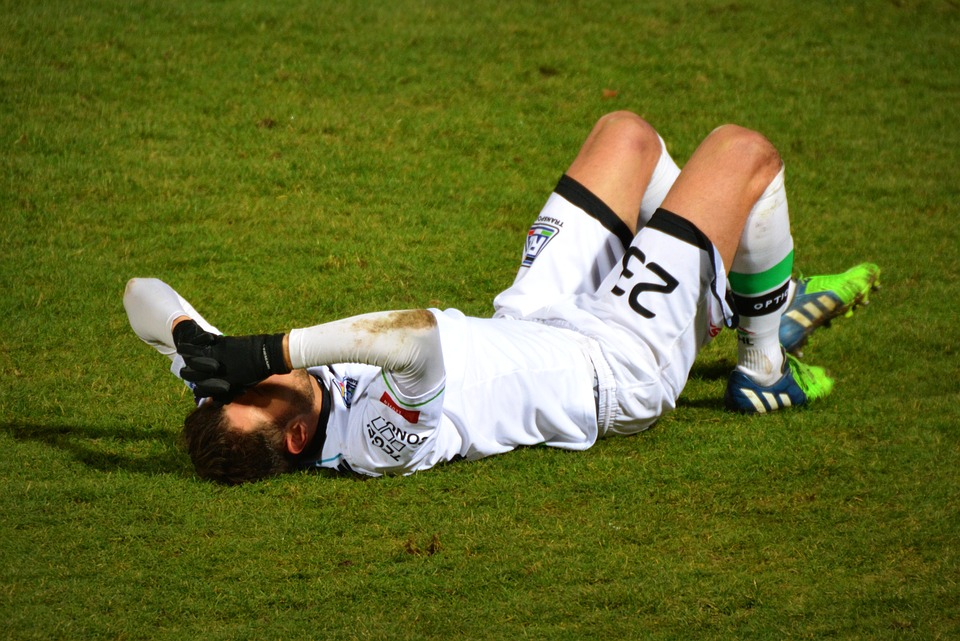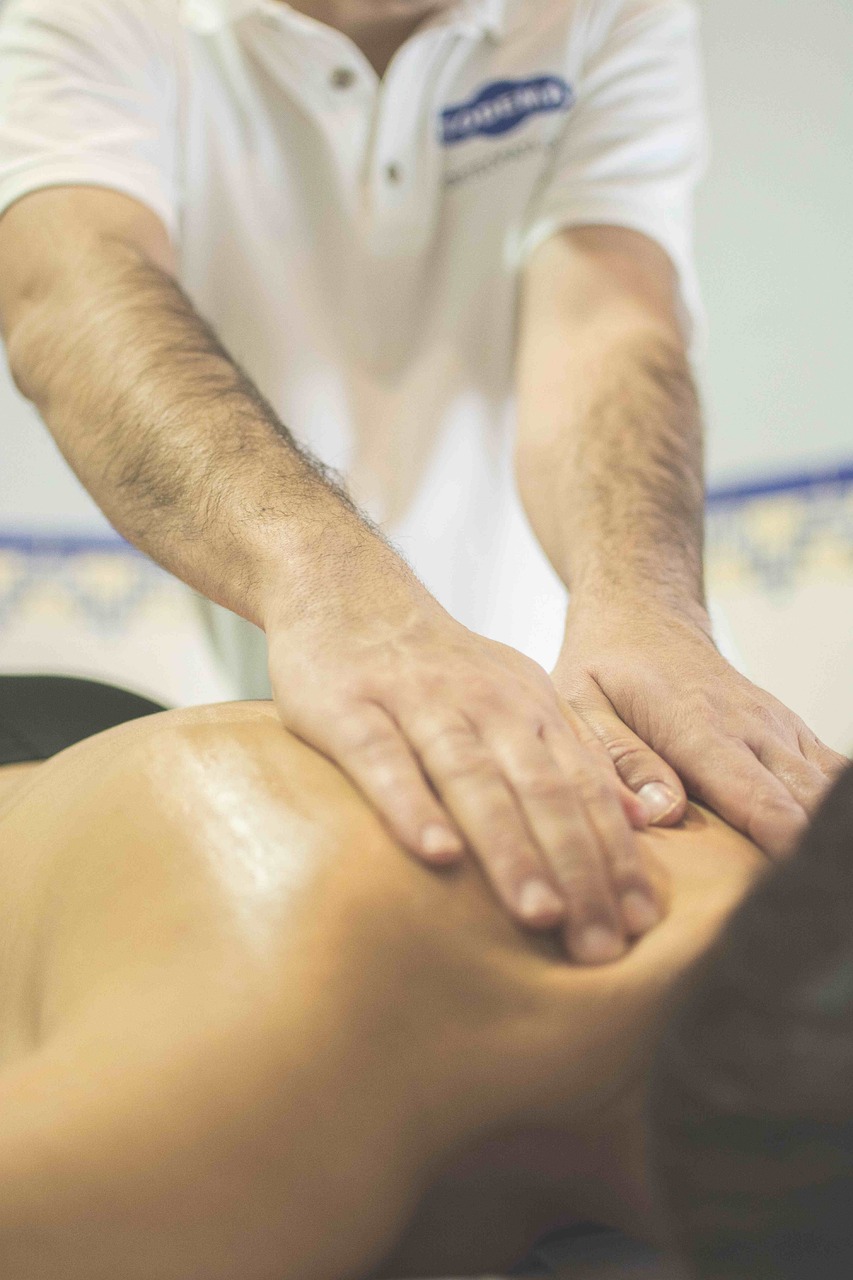Sports physical therapy is an essential part of healing and rehabilitation for athletes of all ages and abilities. Whether you are a professional athlete or a casual weekend warrior, getting injured during training or competition can be frustrating and stressful. Injuries not only affect your performance, but also your overall well-being and quality of life. That’s why sports physical therapy can make a huge difference in helping speed up your recovery and getting you back in the game.
So, what exactly is sports physical therapy? It’s a specialized branch of physical therapy that focuses on the prevention, evaluation, treatment, and rehabilitation of injuries related to sports and exercise. Sports physical therapists work with athletes to develop personalized treatment plans to help them heal, recover, and regain strength and mobility. These plans may include a variety of techniques such as exercise, modalities such as ice and heat therapy, and manual therapy techniques such as massage and stretching.
One of the key benefits of sports physical therapy is its ability to prevent future injuries. By identifying and addressing underlying problems or imbalances that may have contributed to your injury, your physical therapist can help you build strength and resilience in areas that may be weak or vulnerable. This not only helps you recover from your current injury, but also reduces the risk of future injury.
When it comes to sports injuries, early intervention is critical. The sooner you start sports physical therapy, the better your chances of a full and speedy recovery. Delaying or avoiding treatment can prolong your recovery time and even lead to chronic pain or further injury down the line. That’s why it’s important to seek medical attention and get evaluated as soon as possible if you suspect an injury.
Sports physical therapy can benefit athletes who have suffered a wide range of injuries, from minor sprains and strains to more serious traumatic injuries. Common injuries that may benefit from sports physical therapy include:
- Sprained ankles
- Knee injuries such as ACL tears or meniscus injuries
- Shoulder injuries such as rotator cuff tears or dislocations
- Tennis elbow and other overuse injuries
- Concussions and other head injuries
Whatever the injury, sports physical therapy can help. Your physical therapist will work with you to develop a customized treatment plan that addresses your specific needs and goals. This plan may include exercises to improve strength, balance, and flexibility, manual therapy techniques to reduce pain and improve mobility, and modalities such as heat or ice therapy to reduce inflammation and promote healing.
Sports physical therapy isn’t just for athletes who have already been injured, either. Prehabilitation, or “prehab, ” is a growing trend in sports physical therapy that focuses on preventing injuries before they occur. By identifying areas of weakness or imbalance and developing a proactive treatment plan, athletes can reduce their risk of injury and improve their overall performance.
In addition to helping athletes recover from injuries and prevent future injuries, sports physical therapy can also improve overall physical health and wellness. By focusing on whole-body wellness and addressing underlying problems or imbalances that may contribute to injury or pain, sports physical therapy can help athletes achieve optimal physical performance and prevent future injuries.
Sports physical therapy is an essential part of any athlete’s training and recovery plan. Whether you’re a professional athlete preparing for competition or a weekend warrior trying to stay in shape, sports physical therapy can help you recover from injuries, prevent future injuries, and achieve your full potential. So if you’re dealing with an injury or simply want to improve your performance and prevent future injuries, consider giving sports physical therapy a try. Your body will thank you for it.



